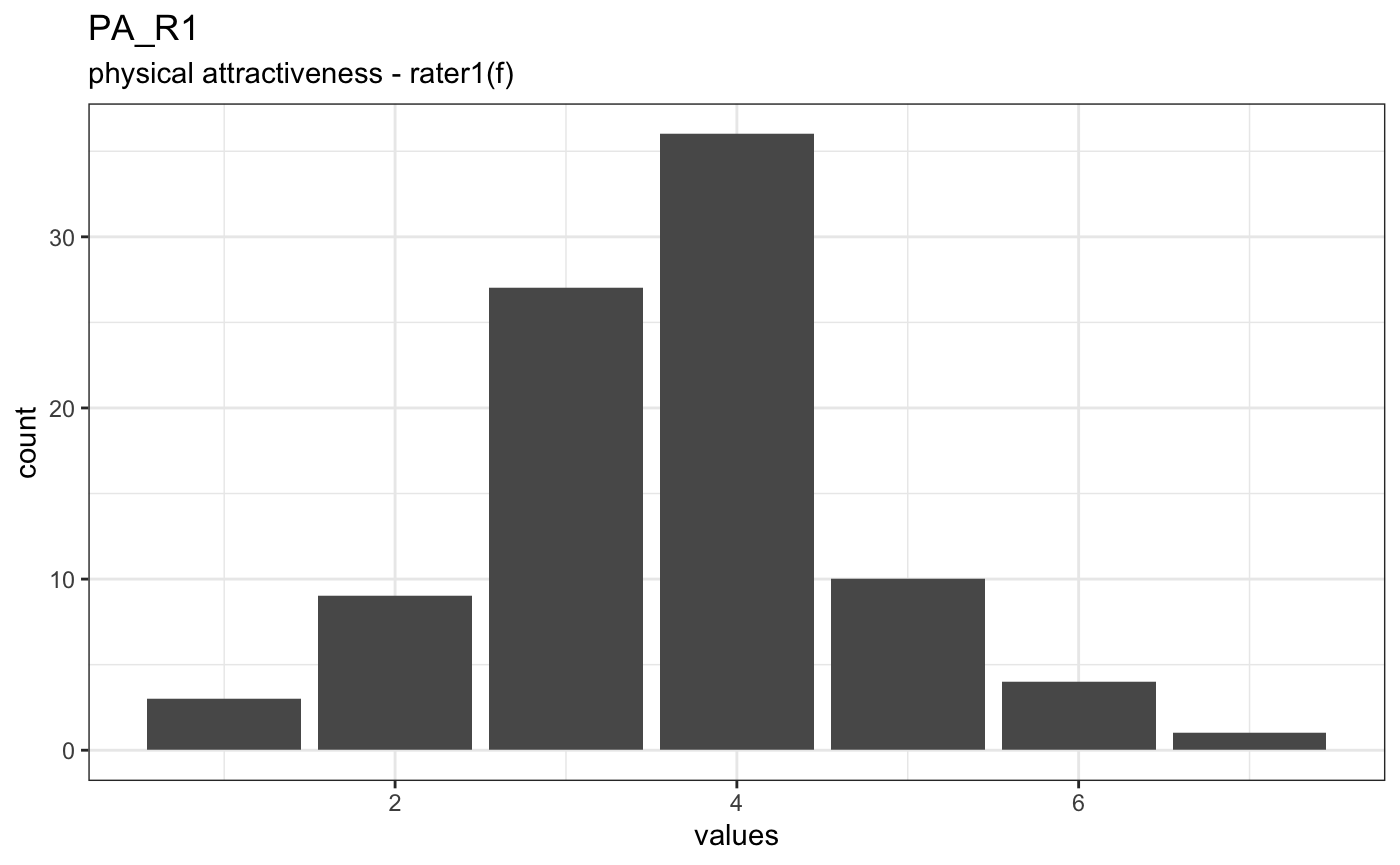


The bars in the graphs for education and gender should now be labelled. Val_labels ( codebook_data $ gender ) <- c ( "male" = 1, "female" = 2 ) val_labels ( codebook_data $ education ) <- c ( "in high school" = 1,Ĭlick the “Knit” button. Add the following line after importing the dictionary. You can do all this in a single line using pipes. You also need to assign the result of this operation to become the variable labels of codebook_data. First, you need to take the dict dataset, then select the variable and label columns, then use the dict_to_list function.
CODEBOOK SPSS CODE
Var_label ( codebook_data ) % and allows you to read and write R code from left to right, almost like an English sentence. However, it is also easy to add metadata yourself: The haven and rio packages set these attributes when importing data from SPSS or Stata files. The benefit of storing variable metadata in attributes is that even datasets that are the product of merging and processing raw data retain the necessary metadata. However, they can just as easily store other metadata the Hmisc (Harrell, 2018), haven (Wickham & Miller, 2018), and rio (Chan & Leeper, 2018) packages, for example, use attributes to store labels. Attributes in R are most commonly used to store the type of a variable for instance, datetime in R is just a number with two attributes (a time zone and a class). The codebook package can use metadata that are stored in R attributes. Generally, you will need more metadata: labels for variables and values, a dataset description, and so on. The last codebook you generated could already be useful if the variables had meaningful names and self-explanatory values. You will also see graphs of the distribution for each item and summary statistics. You can see a few warnings stating that the package saw items that might form part of a scale, but there was no aggregated scale. Once the result is shown in the viewer tab, scroll through it. Click “Knit” again to see what the codebook package can do with this. Are we talking aggressiveness, agreeableness, or the German industrial norm for paper size? The lack of useful metadata is palpable. Just long columns of numbers with variable names like A4. As you can see, it is not particularly informative. Click that row to open a spreadsheet view of the dataset in RStudio. In the environment tab on the top right, you should see “codebook_data”. RStudio has a convenient data viewer you can use to check whether your command worked. To see how this works, execute the line you just added by pressing Command + Enter (for a Mac) or Ctrl + Enter (for other platforms). You can also use the document interactively, although this will not work seamlessly for the codebook package. R Markdown documents have to be reproducible and self-contained, so it is not enough for a dataset to be loaded locally you must load the dataset at the beginning of the document. Codebook_data <- rio :: import ( "", "csv" )


 0 kommentar(er)
0 kommentar(er)
